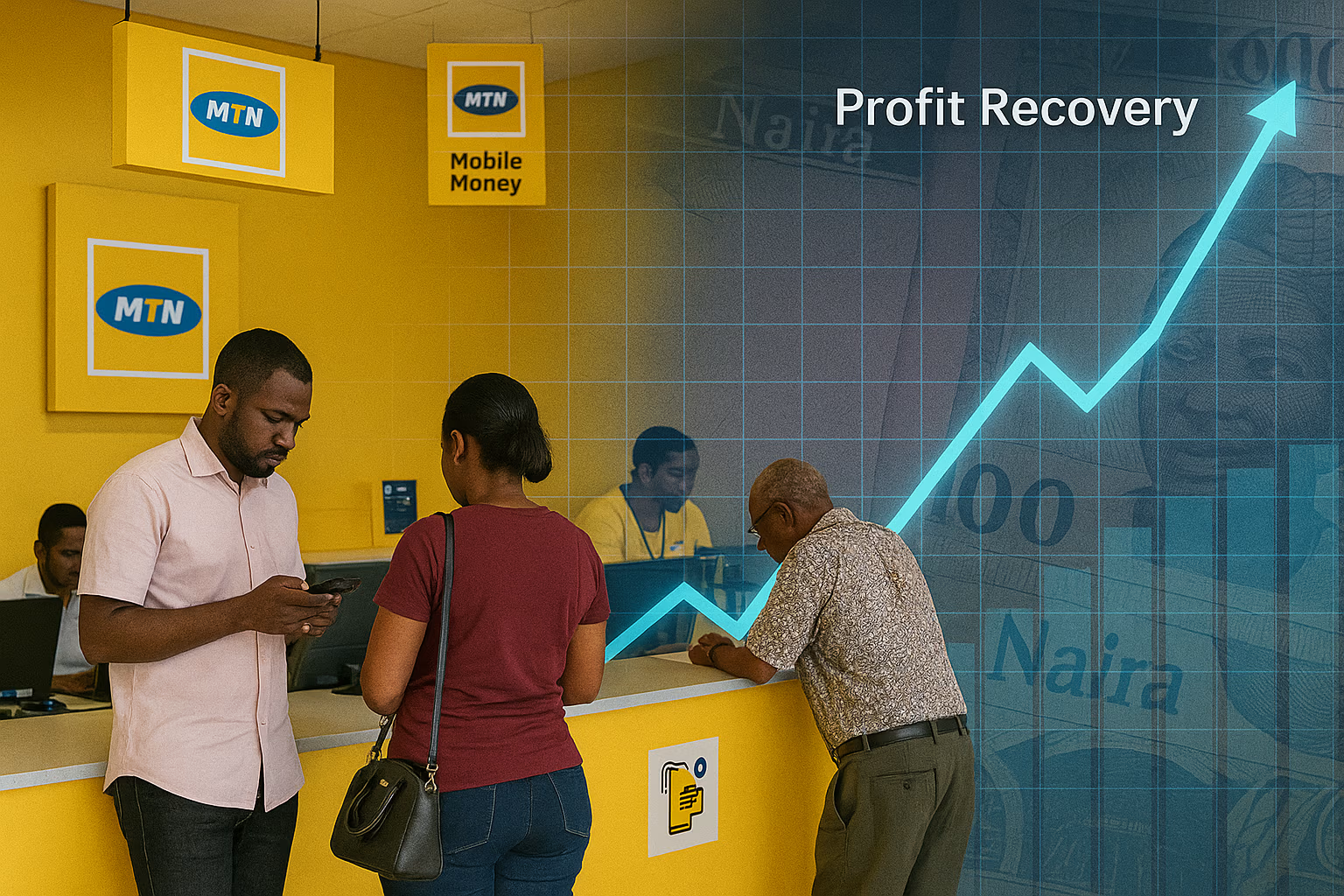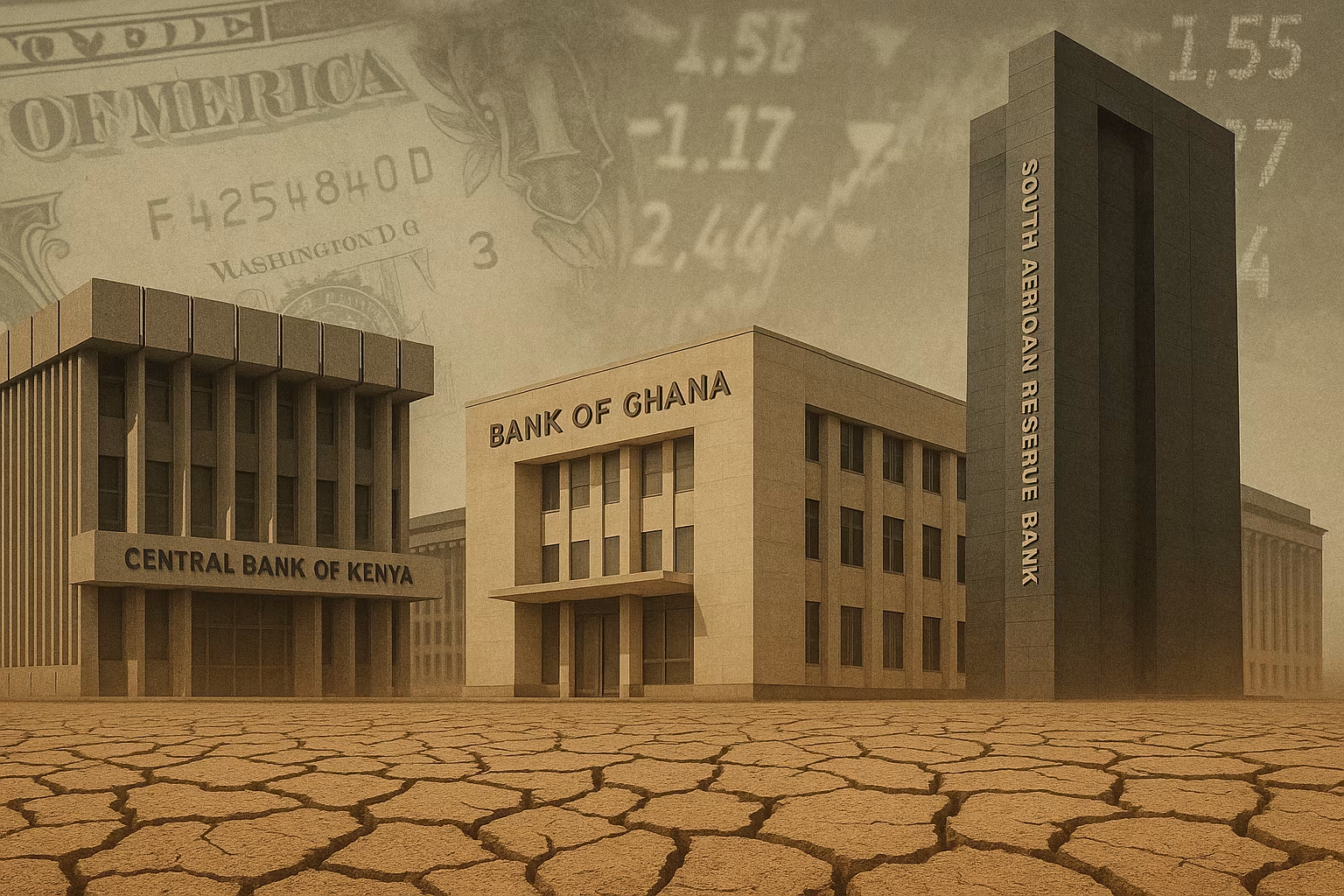After a prolonged slowdown in global deal-making, 2024 is shaping up to be a comeback year for mergers and acquisitions (M&A) and initial public offerings (IPOs). As market conditions stabilize and investor confidence returns, companies are re-entering the capital markets in force—whether to consolidate strategically through M&A or to tap into public equity markets through long-awaited IPOs.
This renewed activity signals not just a cyclical rebound, but a strategic inflection point. Driven by falling inflation, improved clarity on interest rates, and pressure to deliver shareholder value, corporations and private equity firms are once again finding compelling reasons to make moves. And with IPOs reappearing on the radar after two years of dormancy, 2024 may mark the start of a new, more disciplined deal-making era.
The Comeback of M&A: Strategic Deals Regain Traction
M&A activity began to rebound in late 2023 but gained real momentum in Q1 2024. According to data from Refinitiv, global M&A volume surged by 28% year-over-year in the first half of 2024, with particularly strong growth in sectors like technology, energy, healthcare, and financial services.
One of the main catalysts for the resurgence is valuation reset. After the overheated multiples of 2021 and the harsh corrections that followed, target companies—especially in tech and biotech—are now more attractively priced. This has opened the door for opportunistic buyers to pursue deals that had previously been shelved.
Another key driver is strategic necessity. Companies facing slower organic growth are looking to expand capabilities or enter new markets through acquisitions. Digital transformation, AI integration, and supply chain realignment have also created urgency for companies to acquire rather than build.
Major M&A transactions this year include a $20 billion AI infrastructure acquisition, a pharma megamerger focused on pipeline consolidation, and private equity-led buyouts in the logistics, cybersecurity, and B2B SaaS sectors.
Private Equity Steps Back In
Private equity firms, sitting on record levels of dry powder—estimated at more than $2 trillion globally—are reactivating their deal pipelines. After two years of risk aversion due to rate hikes and macro uncertainty, PE firms are now targeting resilient sectors with recurring revenue, such as enterprise software, digital infrastructure, and healthcare services.
Increased interest in bolt-on acquisitions is also emerging, with PE firms enhancing existing portfolio companies through strategic tuck-ins rather than new platform plays. This strategy offers lower risk and faster integration, particularly in a still-cautious economic environment.
Cross-border M&A is showing signs of recovery as well, especially with regulatory environments stabilizing in key regions. U.S. firms are targeting European energy and green tech assets, while Asia-Pacific conglomerates are pursuing strategic deals in North America across logistics, AI, and robotics.
IPO Markets Reopen with Caution and Optimism
On the public markets front, IPO activity is staging a long-awaited return. While 2022 and 2023 were characterized by widespread IPO postponements, 2024 has seen a measurable uptick in activity. According to EY, global IPO proceeds are up more than 40% year-over-year, with notable launches in AI, digital health, fintech, and renewable energy.
This revival isn’t a return to the speculative frenzy of 2021. Instead, it’s a more mature and fundamentals-focused cycle. Investors are now demanding clear profitability paths, realistic valuations, and strong governance standards from newly listed firms.
Noteworthy IPOs this year include a generative AI software company that priced above its range and gained 60% on debut, a well-established biotech firm with a deep clinical pipeline, and a green infrastructure company that raised over $1.2 billion in its European listing.
What’s Driving the Resumption?
Several factors are aligning to support the rebound in IPO and M&A activity. First, the macro backdrop is more favorable. Inflation has cooled, central banks have signaled more dovish stances, and recession fears have receded. This has improved risk appetite among both corporate strategists and public investors.
Second, capital markets are demonstrating greater resilience. Volatility indices are down, credit spreads have narrowed, and liquidity has improved across equity and debt markets.
Third, the backlog of companies ready to go public—particularly those backed by venture capital or private equity—has created pent-up supply. With more certainty around valuations and investor interest, many of these firms are now making their move.
Finally, there is growing pressure on venture firms and PE funds to provide liquidity to limited partners after years of stagnant exits. This is fueling both IPOs and strategic sales.
More Discipline, Less Hype
One noticeable trend in both the M&A and IPO resurgence is a more cautious and disciplined approach. In M&A, dealmakers are focusing on earnings accretion, integration feasibility, and long-term strategic fit. Empire-building is out; synergy and shareholder return are back in.
Similarly, IPO investors are placing greater scrutiny on revenue models, customer retention, and cost structures. Companies with solid fundamentals and durable growth are being rewarded, while hype-driven offerings are being passed over.
This maturity is a welcome sign and may help reduce post-IPO underperformance, which plagued previous cycles.
Investor Implications
For investors, the M&A and IPO rebound offers both opportunity and complexity. Public equity investors will have access to a broader range of new entrants, many of which are in high-growth sectors like AI, clean energy, and digital health. At the same time, the return of M&A activity may create potential arbitrage opportunities, particularly in announced-but-not-closed deals.
Private equity exposure through funds or listed vehicles may benefit from renewed deal activity and eventual exit pathways, unlocking value that has been trapped in private markets.
Additionally, sectors experiencing consolidation could see valuations rise as acquirers compete for strategic assets, lifting not just targets but also comparable players.
If current momentum continues, the second half of 2024 could see a full return to normalized capital markets activity. However, several headwinds remain. These include geopolitical tensions, potential energy shocks, election-related volatility, and the lingering effects of inflation on consumer demand.
Still, the direction is clear: dealmakers are back, and public markets are open again. Companies that spent the past two years tightening operations and strengthening balance sheets are now ready to act.
The Market Is Moving Again
The resumption of M&A and IPO activity in 2024 reflects more than just a recovery—it signals a strategic reset. After years of waiting on the sidelines, corporate leaders, investors, and founders are reengaging with the capital markets not with reckless ambition, but with thoughtful execution.
This renewed energy, paired with a greater emphasis on discipline and value creation, sets the stage for a healthier and more sustainable cycle of growth and innovation. For now, Wall Street—and Main Street—can finally say: the market is moving again.





